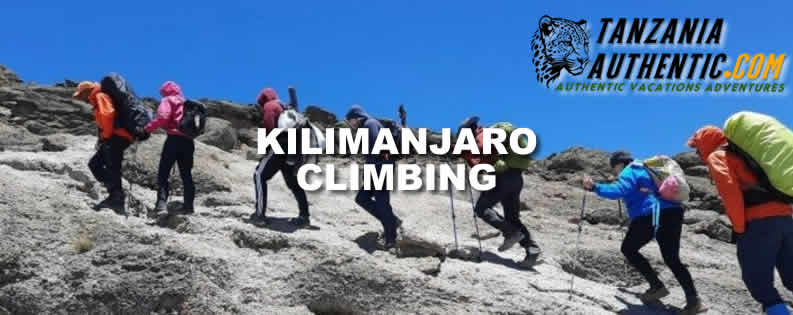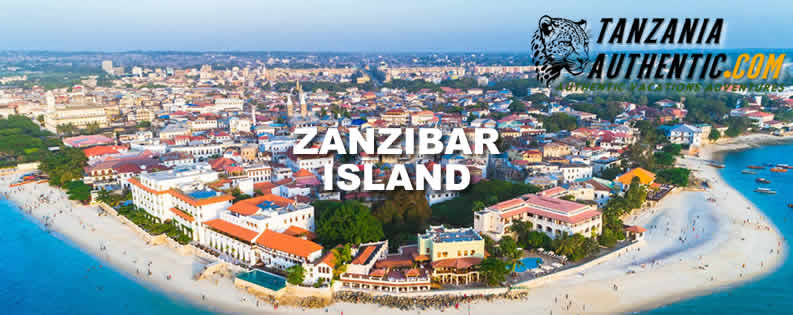Symptoms of Altitude Sickness on Kilimanjaro: What You Need to Know for an Inspiring Adventure
Climbing Mount Kilimanjaro is a dream for many adventurers, and rightly so. Towering at 5,895 meters (19,341 feet), the majestic peak of Kilimanjaro offers breathtaking views and an unforgettable experience. However, the journey to the summit is not just about the stunning landscapes; it also brings the challenge of altitude sickness. Understanding the symptoms of altitude sickness is crucial for ensuring a safe and enjoyable ascent. In this blog post, we will explore the signs to watch out for, enabling you to tackle your Kilimanjaro adventure with confidence. And remember, for an extraordinary experience, be sure to book your tours and safaris with Authentic Vacations Adventures—the premier tour operator based in Arusha, Tanzania.
What is Altitude Sickness?
Before we dive into the symptoms, let’s understand what altitude sickness is. As you ascend to higher elevations, the air pressure decreases, leading to lower oxygen levels in the environment. This change can affect your body, particularly if you ascend too quickly. Altitude sickness, or acute mountain sickness (AMS), can range from mild to severe and can manifest in various ways.
Common Symptoms of Altitude Sickness
Recognizing the symptoms of altitude sickness is essential for a successful climb. Here are the most common signs you may experience:
1. Headaches
One of the first and most common symptoms of altitude sickness is a headache. If you find yourself with a persistent headache, especially after reaching new heights, it’s important to take this sign seriously. Hydration and rest can help alleviate this symptom.
2. Nausea and Vomiting
Feeling nauseous or even vomiting is another prevalent symptom. This can be particularly distressing when you’re on the trail. It’s essential to listen to your body; if nausea persists, descending to a lower altitude may be necessary for your comfort and safety.
3. Fatigue and Weakness
As you climb, you may notice an unusual level of fatigue or weakness. While some tiredness is expected during a hike, extreme fatigue that hampers your ability to continue is a red flag for altitude sickness. Prioritizing rest and hydration can help you regain your strength.
4. Dizziness or Lightheadedness
Altitude sickness can affect your balance and clarity, leading to feelings of dizziness or lightheadedness. If this occurs, take a moment to sit down, breathe deeply, and assess your condition.
5. Difficulty Sleeping
As you rise in elevation, sleep disturbances can become more common. Difficulty falling asleep or experiencing restless nights can be linked to altitude sickness. If you find it hard to get quality rest, consider discussing your symptoms with your guide.
6. Shortness of Breath
Feeling short of breath, especially during physical activity, is a serious sign. While some breathlessness can be expected at high altitudes, an inability to catch your breath could indicate altitude sickness. Slow down, take deep breaths, and if symptoms worsen, consider descending.
Prevention Strategies for Altitude Sickness
While knowing the symptoms is essential, prevention is equally important. Here are some tips to help you avoid altitude sickness during your Kilimanjaro climb:
1. Ascend Gradually
Take your time! Gradual ascent allows your body to acclimatize to the altitude. Avoid rushing to the summit; instead, enjoy the journey and take rest days as needed.
2. Stay Hydrated
Drinking plenty of water is crucial. Aim for at least 3 to 4 liters of water per day to keep your body well-hydrated, which can help alleviate some altitude symptoms.
3. Proper Nutrition
Fuel your body with nutritious foods that provide energy for your climb. Foods rich in carbohydrates and proteins can be beneficial.
4. Listen to Your Body
Pay attention to how you’re feeling. If you notice any symptoms of altitude sickness, don’t hesitate to communicate with your guide and take appropriate action.
Conclusion: Embrace Your Adventure with Confidence
Climbing Kilimanjaro is more than just a hike; it’s a journey of self-discovery, adventure, and inspiration. By understanding the symptoms of altitude sickness and taking precautions, you can ensure a safer and more enjoyable experience on this magnificent mountain.
For those ready to embark on this incredible adventure, consider booking your Kilimanjaro tours and safaris with Authentic Vacations Adventures. With expert guides and a commitment to providing unforgettable experiences, they are ready to help you reach new heights—safely and inspiringly. Don’t just dream about it; make it a reality today!
Feel free to reach out if you have any questions or need assistance in planning your Kilimanjaro adventure. Happy climbing!









